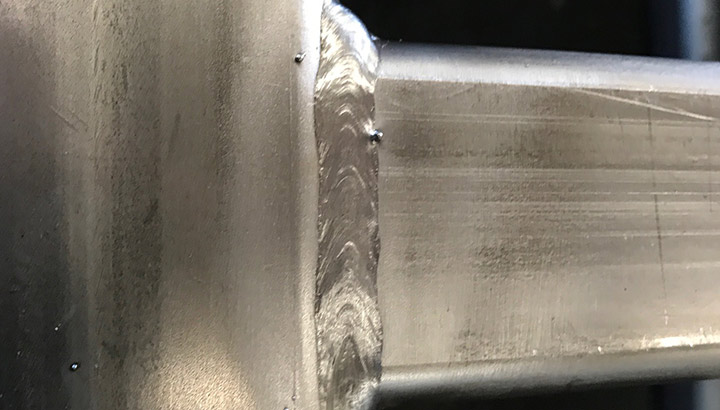
What are the methods of quenching and tempering welded pipe?
Quenching and tempering treatment: The heat treatment method of high temperature tempering after quenching is called quenching and tempering treatment. High temperature tempering refers to tempering between 500-650°C. Quenching and tempering can adjust the performance and material of steel to a great extent, its strength, plasticity, and toughness are all good, and it has good comprehensive mechanical properties.
1. Normalizing: Normalizing is a heat treatment method in which the welded steel is heated above the critical temperature to transform all the steel into uniform austenite, and then naturally cooled in air. It can eliminate the reticular cementite of hyper eutectoid steel. For hypo eutectoid steel, normalizing can refine the crystal lattice and improve the comprehensive mechanical properties. It is more economical to replace the annealing process with normalizing for parts with low requirements.
2. Quenching: Quenching is to heat the welded steel above the critical temperature, keep it warm for a period of time, and then quickly put it into the quenching agent to make its temperature drop suddenly, and cool it rapidly at a speed greater than the critical cooling speed, so as to obtain martensite. Master's method of heat treatment of unbalanced tissue. Quenching can increase the strength and hardness of welded steel, but reduce its plasticity. Quenching agents commonly used in quenching are: water, oil, alkaline water and salt solutions, etc. The quenching agent of high-speed steel can be "wind", so high-speed steel is also called "wind steel".

3. Tempering: reheating the quenched steel to a certain temperature, and then cooling it by a certain method is called tempering. Its purpose is to eliminate the internal stress generated by quenching, reduce hardness and brittleness, and obtain the expected mechanical properties. Tempering is divided into three categories: high temperature tempering, medium temperature tempering, and low temperature tempering. Tempering is often used in conjunction with quenching and normalizing.
4. Annealing: Heating the steel to a certain temperature and holding it for a period of time, and then cooling it slowly, is called annealing. Annealing of steel is a heat treatment method in which steel is heated to a temperature at which phase transformation or partial phase transformation occurs, and then slowly cooled after heat preservation. The purpose of annealing is to eliminate structural defects, improve the structure, homogenize the composition and refine the grains, improve the mechanical properties of the steel, and reduce the residual stress; at the same time, it can reduce the hardness, improve the plasticity and toughness, and improve the cutting performance. Therefore, annealing is not only to eliminate and improve the structural defects and internal stress left over from the previous process but also to prepare for the subsequent process. Therefore, annealing belongs to the heat treatment of semi-finished products, also known as pre-heat treatment.